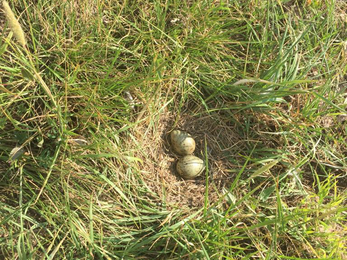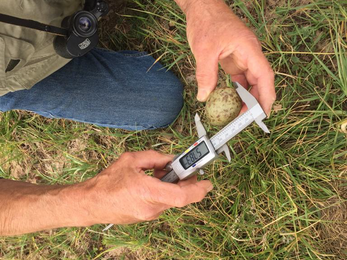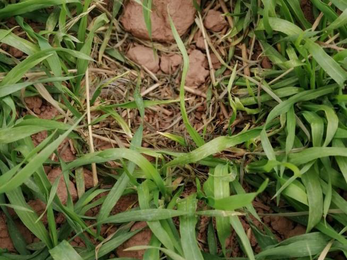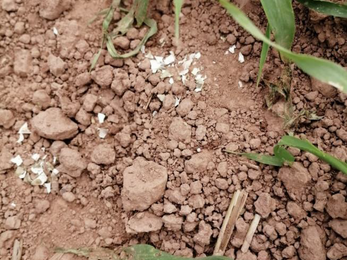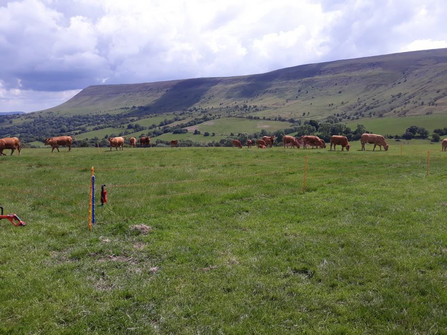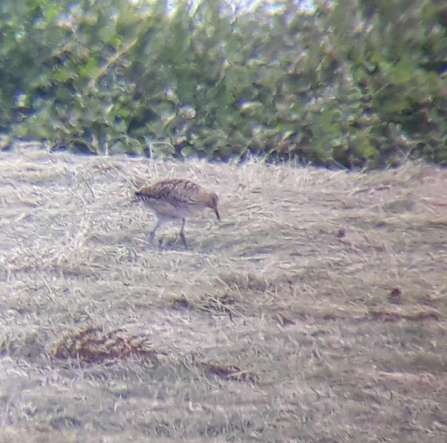No less than three completely new sites have come to our notice, all with a high or definite evidence of attempted breeding this year! A further three historic sites which had been languishing on our list as only ‘possible’ breeding sites have now been elevated to ‘probable’ or, in two cases ‘confirmed’ breeding locations. Many, in fact most of the confirmed breeding records came in from late June onwards with alarm-calling adult(s) alerting us to the presence of young. This was a useful learning experience and was maybe one we can focus on more for next year. Even though this will not have located a nest site we can at least limit loss of chicks by working with farmers on delayed or restricted grass cutting. However, we learned that young birds can be remarkably wide ranging so actually pinpointing their location at cutting time may not be that easy. Is anything easy about this bird?!
We finished the season with at least six fledged young from three sites and another four sites where young appear to have hatched but probably did not survive. In addition to these another four sites had nests with eggs (sadly predated) and there were a further five sites which showed strong probability of holding breeding pairs.
Thanks to Herefordshire Wildlife Trust, we started the new season with some new equipment – two trail cams, another electric fence energiser and egg/nest measuring tools. I had successfully applied for a nest disturbance licence from Natural England so that we could deploy the latter if required. In the event of course there was little opportunity to use any of these but they are ready and waiting for 2021!
There follows a site by site review of the high and lowlights. Except that it starts with those sites where we have had previous positive results they are in no particular order.
Chris Robinson (Project Leader)
Lugg Meadows
The site’s proximity to Hereford enabled regular watching throughout lockdown and thereafter. Flooding was prolonged and appears to have affected subsequent grass growth badly, also it possibly affected breeding effort . The pre-breeding numbers during the floods reached a maximum of 29 but only two pairs seemed to attempt nesting. They were extremely elusive and this was never fully confirmed but we suspected that they had been predated. A nest with two eggs was finally found on 7th June and at that point we did not know whether this was a relaid (and incomplete) clutch or just a small nest. This enabled us to utilise our newly acquired nest disturbance licence to weigh and measure the eggs to establish hatch date. Our measurements revealed that one egg was addled but the clutch was obviously a re-lay as the predicted hatch date was July 3rd (although possibly somewhat inaccurate on a sample of just one good egg!). The weather which followed shortly after this was atrocious and the nest had failed by June 22nd.


